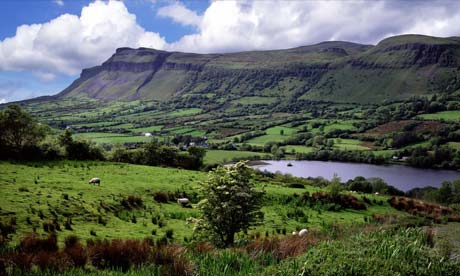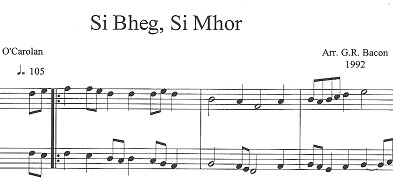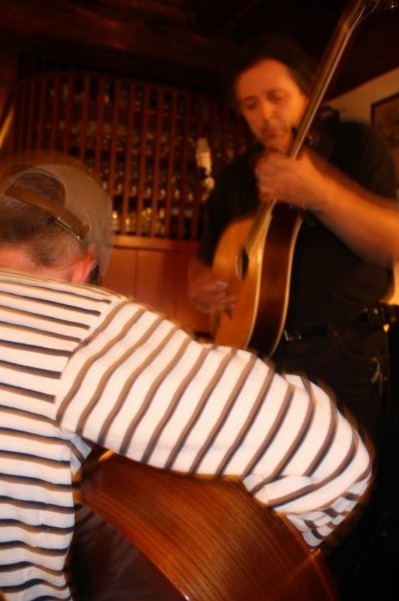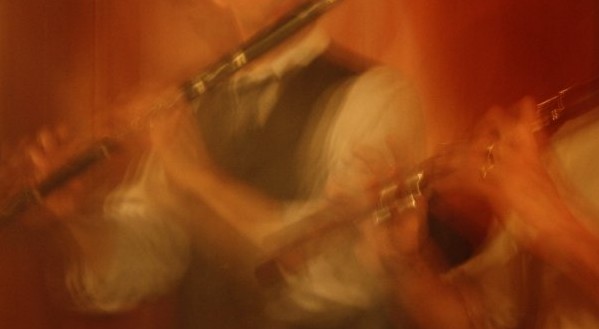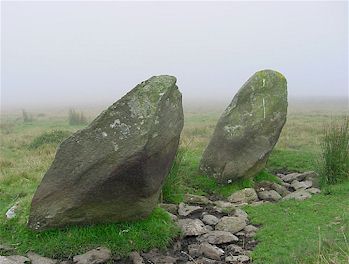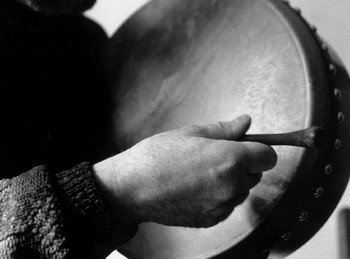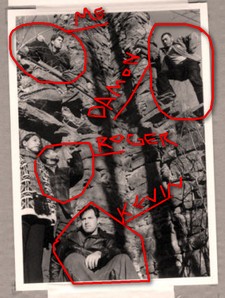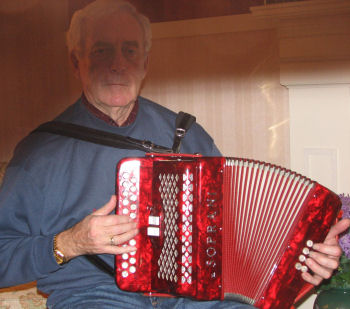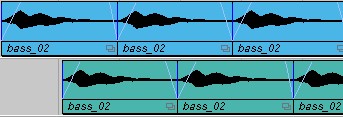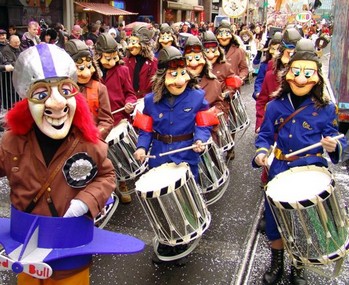 new music
new music
Star Spangled Banner
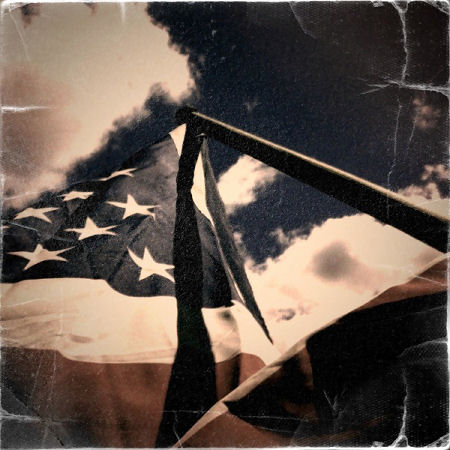
A few months back I was asked if I could put together a recording of our national anthem to be used in a theater production. Cool, I can do that. But then came the challenge. They wanted it to be loose…and dark. Hmmm, how do you make the Star Spangled Banner, which is really a tune called To Anacreon in Heaven, dark? And, if it is to be loose, maybe I should imbibe a few frosty ones before laying tracks? After all, To Anacreon in Heaven is often referred to as a drinking song. Anywho, I let this go until the last minute, and was forced to improvise during the recording. But, in the end, it is loose (that part wasn’t hard) and I guess it is a little dark. You be the judge.
Star Spangled Banner by baconworks
